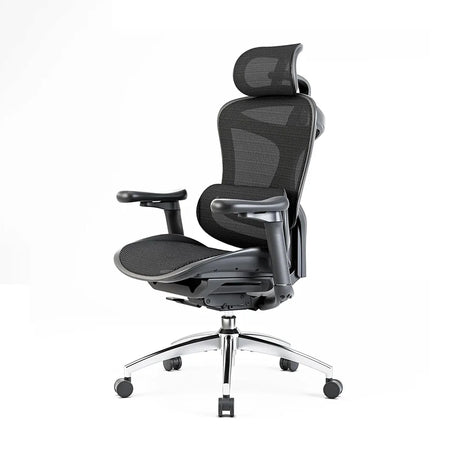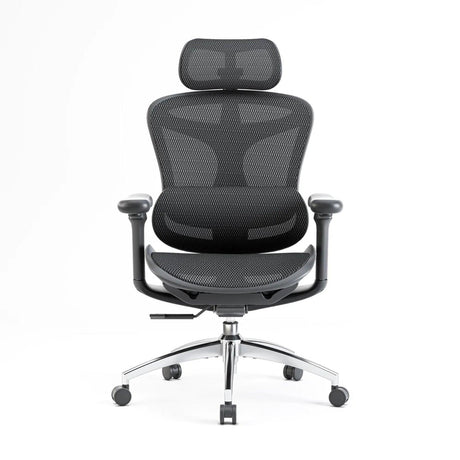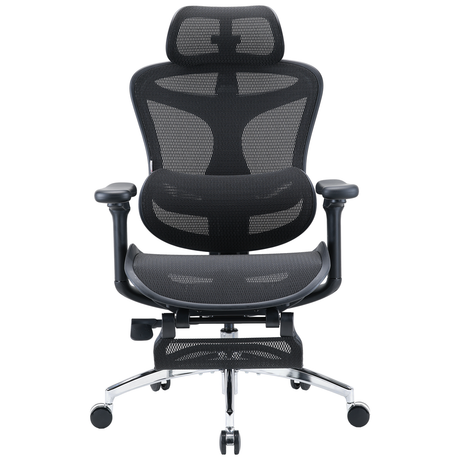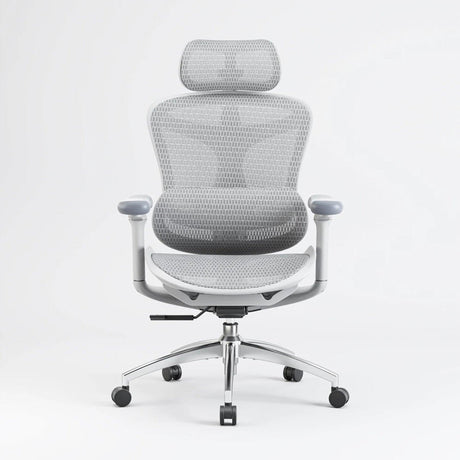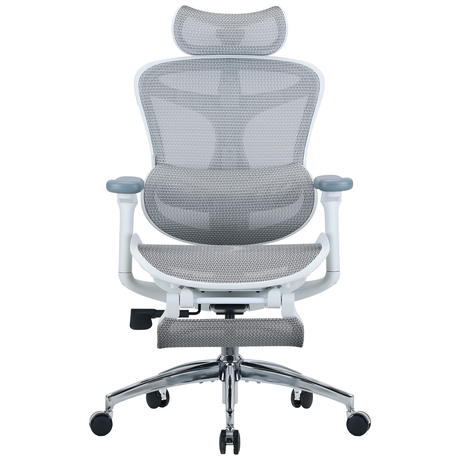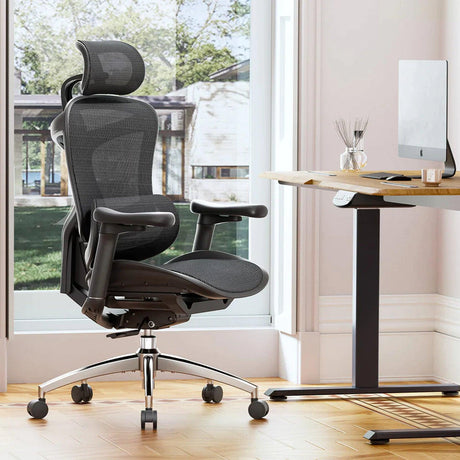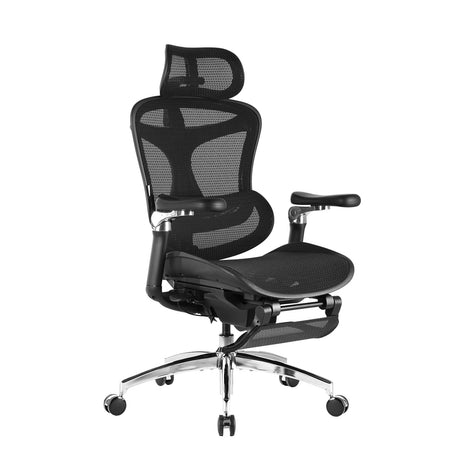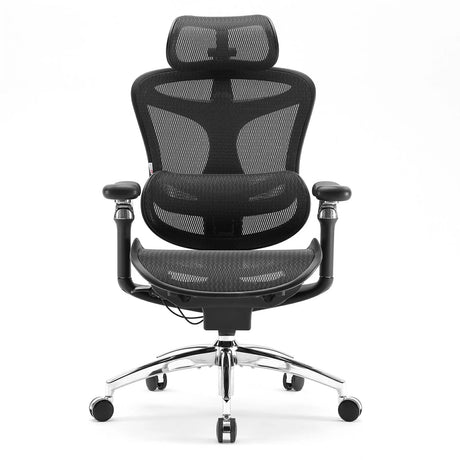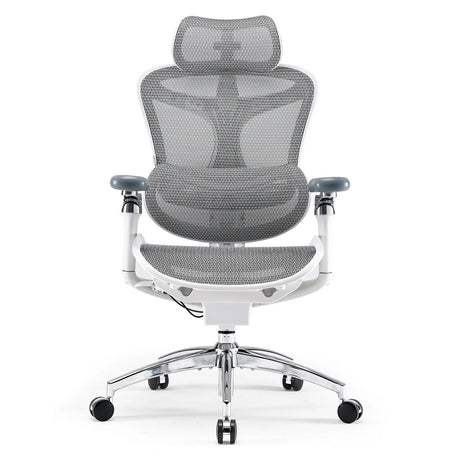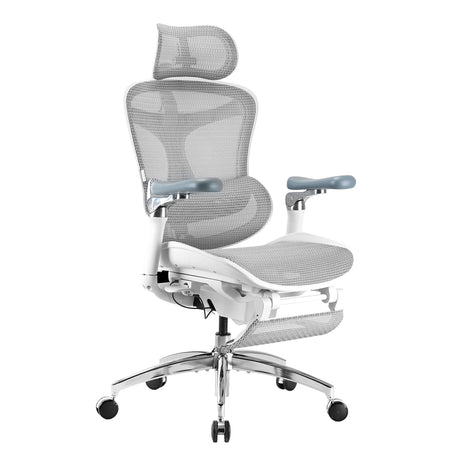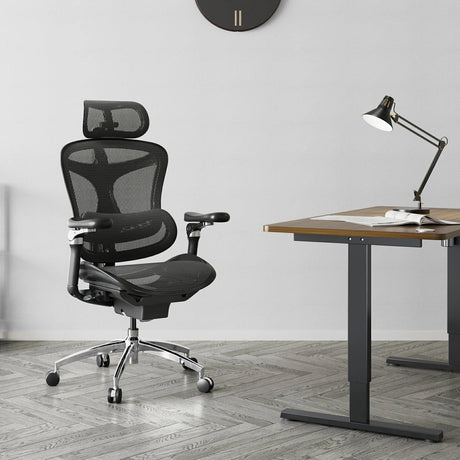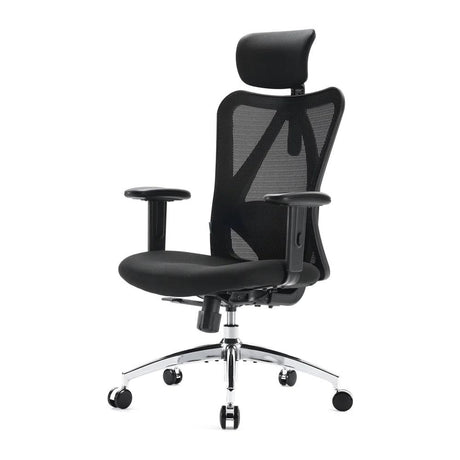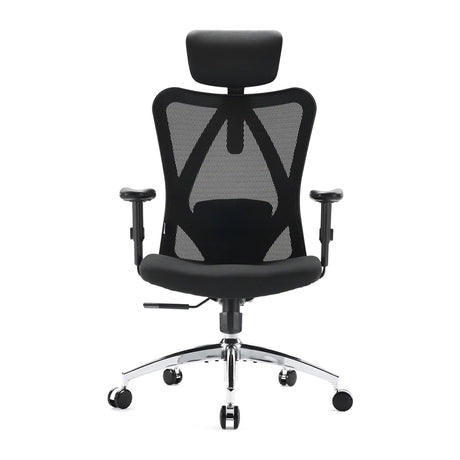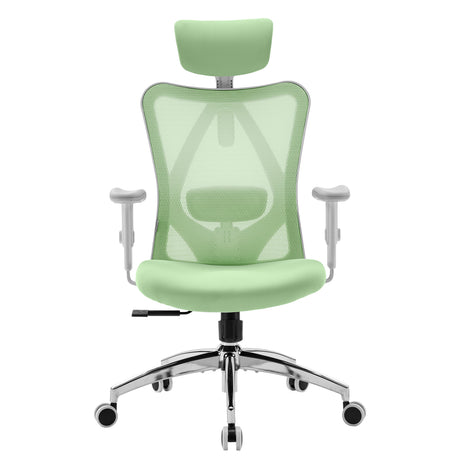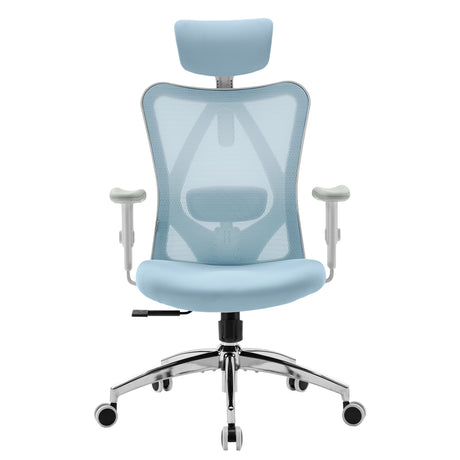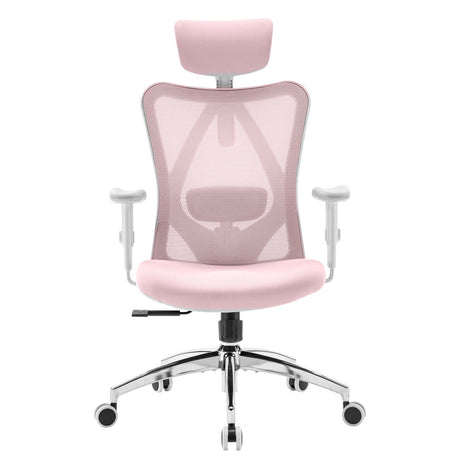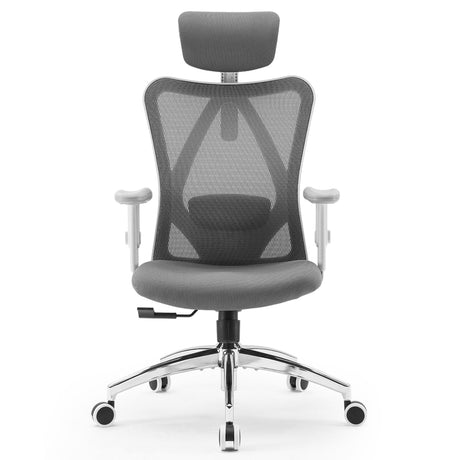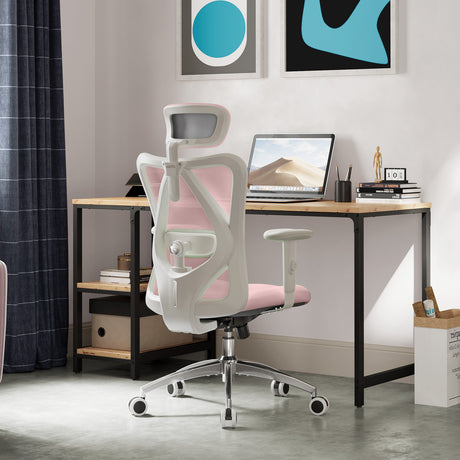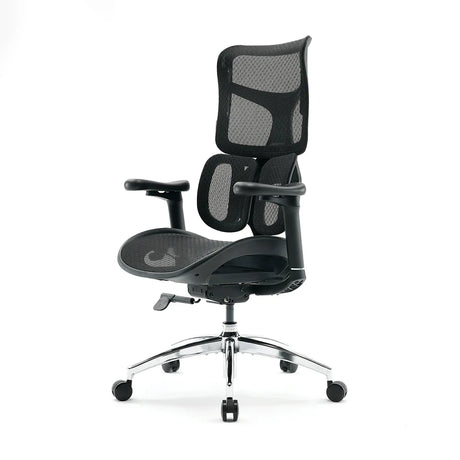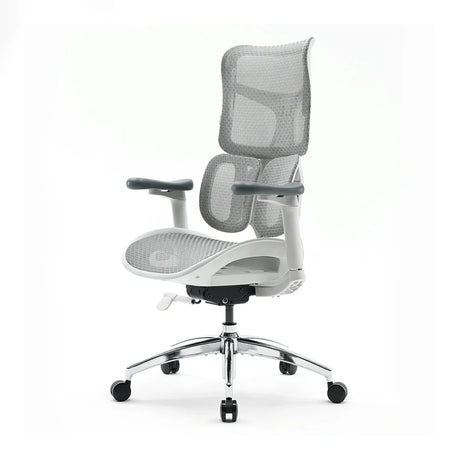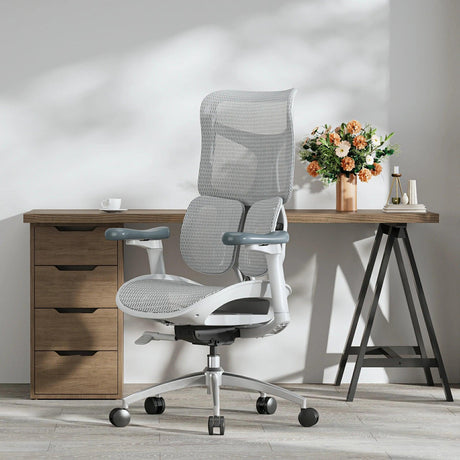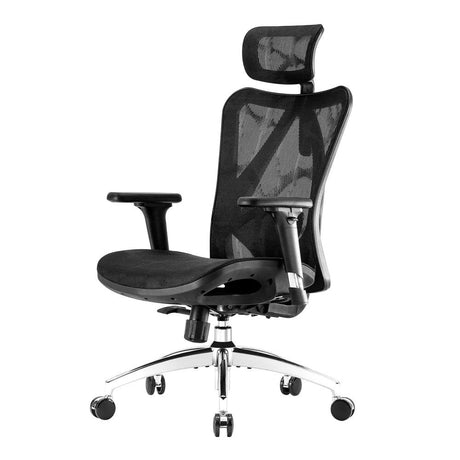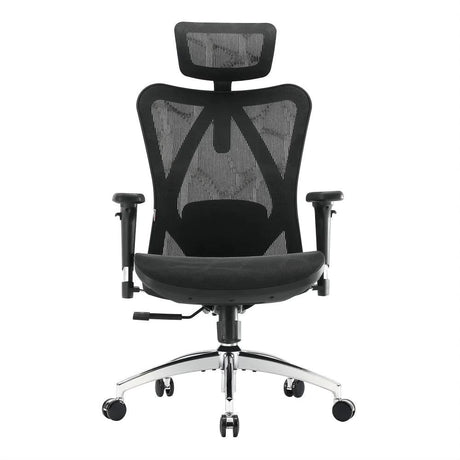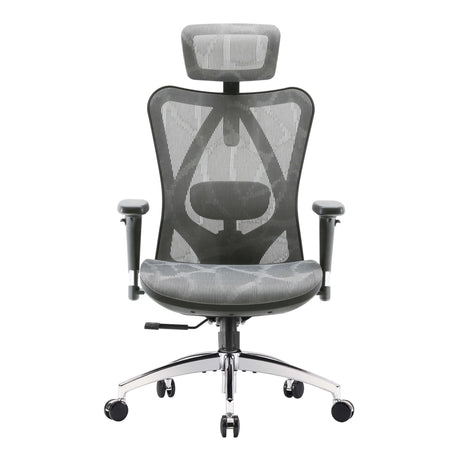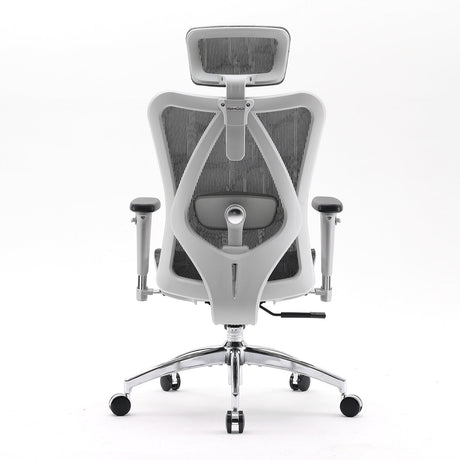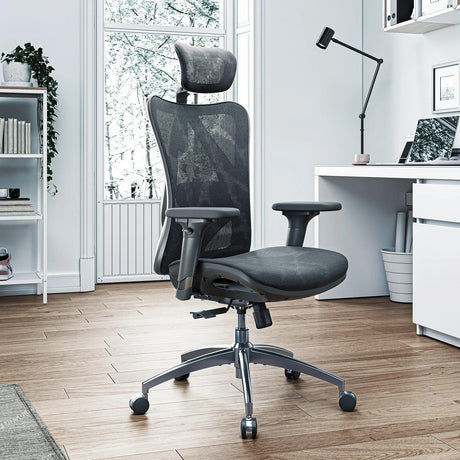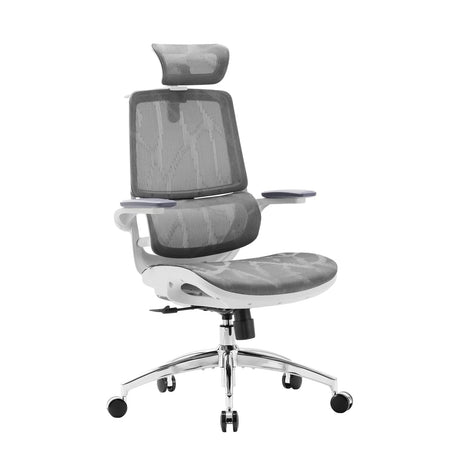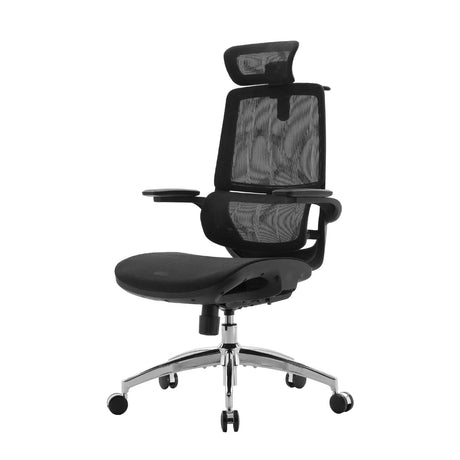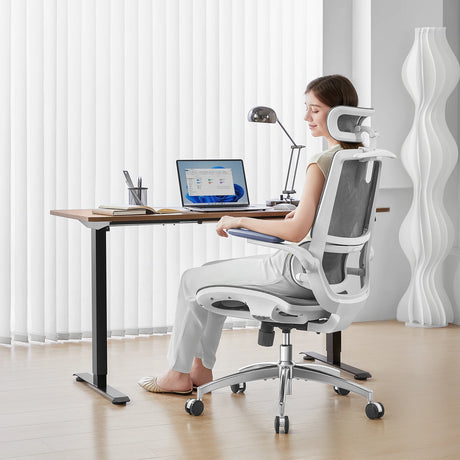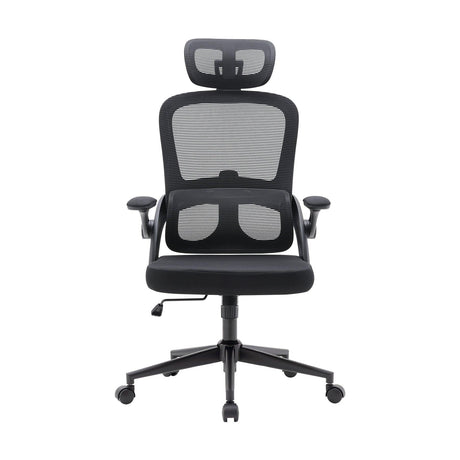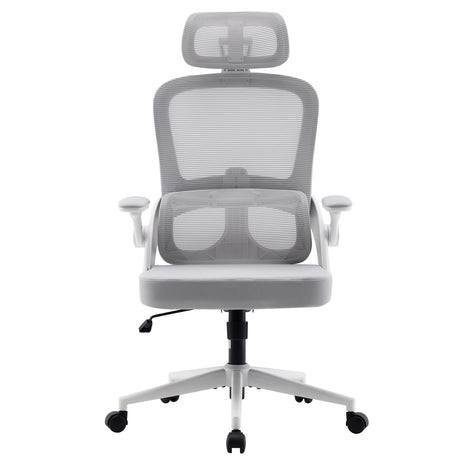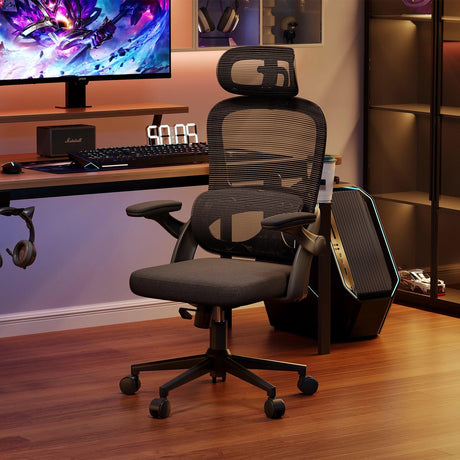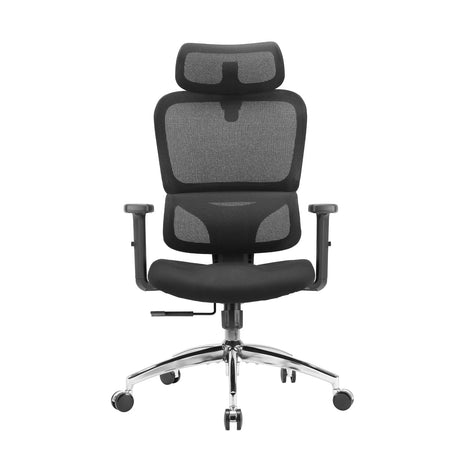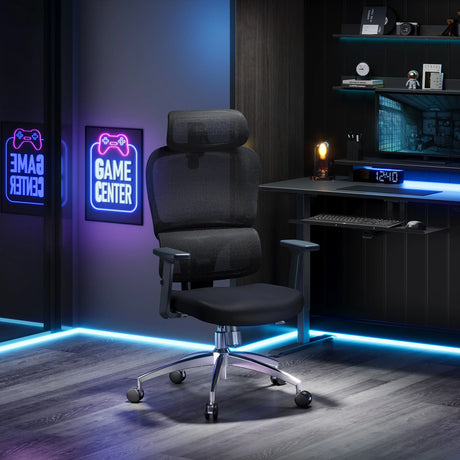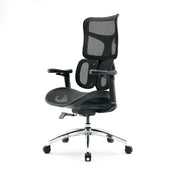If you've ever leaned back in your office chair expecting a relaxing recline, only to feel yourself slowly sinking like you're on a descending elevator, you're not alone. Many people experience this frustrating issue — your chair goes down when the backrest is tilted all the way back. It can make working or relaxing at your desk uncomfortable and may even suggest a deeper mechanical issue.
So, what's going on here? Let’s break it down.
Why Your Chair Goes Down When You Recline
Most modern best office chairs rely on pneumatic gas lift cylinders and tilt tension mechanisms to support reclining and height adjustments. When your chair sinks during a recline, it’s usually due to one or a combination of these issues:
1. Worn-Out Gas Cylinder
The gas cylinder inside your chair is designed to hold your weight at a chosen height. But if it’s old, faulty, or damaged, it can’t maintain pressure when extra force is applied — like when you lean back. Tilting adds more load toward the rear of the chair, and if the cylinder is already weakened, it may release pressure and drop suddenly or gradually.
Symptoms:
- Chair drops when reclined
- Chair also drops during regular sitting
- You hear a hiss or feel a "bounce"
2. Faulty Tilt Lock or Mechanism
Many chairs include a tilt lock feature, which locks the backrest in a tilted or upright position. If the locking mechanism is not fully engaging, reclining may shift the internal tension and release the height adjustment inadvertently.
Symptoms:
- Chair drops only when backrest is fully reclined
- Lock doesn't feel secure or doesn't engage consistently
3. Overloaded or Low-Quality Components
If your chair isn’t designed for your body weight or is made with low-grade parts, tilting fully back may simply overwhelm the chair’s internal mechanisms. Over time, even a mid-range chair can show signs of fatigue and sinking under pressure.
Symptoms:
- Chair functions well until full tilt
- Sinking worsens over time
Is It Dangerous?
Not immediately — but it can be. An unstable chair can:
- Affect your posture by forcing awkward readjustments
- Increase back strain due to poor support
- Lead to accidents, especially if the chair drops suddenly while you're leaning back
Ignoring the issue might also lead to further wear and damage.
How to Fix a Chair That Sinks When You Tilt Back
1. Replace the Gas Cylinder
This is often the most effective fix. Replacement cylinders are affordable and relatively easy to install with the right tools.
Tip: Make sure you choose a cylinder compatible with your chair brand and model.
2. Check the Tilt Lock and Mechanism
Inspect the tilt lock lever and internal parts. If the lock doesn’t engage or feels loose, it may need tightening, lubrication, or replacement.
3. Adjust Tilt Tension
Sometimes adjusting the tilt tension knob (usually located underneath the seat) can help. If the tension is too loose, the chair may recline too easily and shift your weight backward enough to trigger the gas lift to lower.
4. Upgrade the Chair (If Needed)
If your chair is more budget-oriented or several years old, the issue may be a combination of worn parts and poor build quality. In that case, upgrading to a high-quality ergonomic chair with stronger components can be a long-term solution.
Prevention Tips
- Don’t overload the chair — respect the weight limit specified by the manufacturer.
- Recline moderately, especially if you suspect the gas lift is weakening.
- Perform regular maintenance, including tightening bolts and lubricating moving parts.
- Use a chair mat on carpeted surfaces to ensure level support.
Final Thoughts
If your chair sinks when you recline all the way, it’s not just annoying — it’s a sign your chair is struggling to support you properly. Whether it’s a faulty gas cylinder, a failing tilt lock, or simply old age, there are actionable fixes and affordable upgrades available.
An office chair should help you feel supported and relaxed — not make you feel like you're falling. If you're in the market for a new one, consider ergonomic models with advanced tilt systems that are built to handle full recline without compromising seat height. Your spine (and sanity) will thank you.

